AI and the future of sex
The rise of AI porn could change our expectations of relationships.
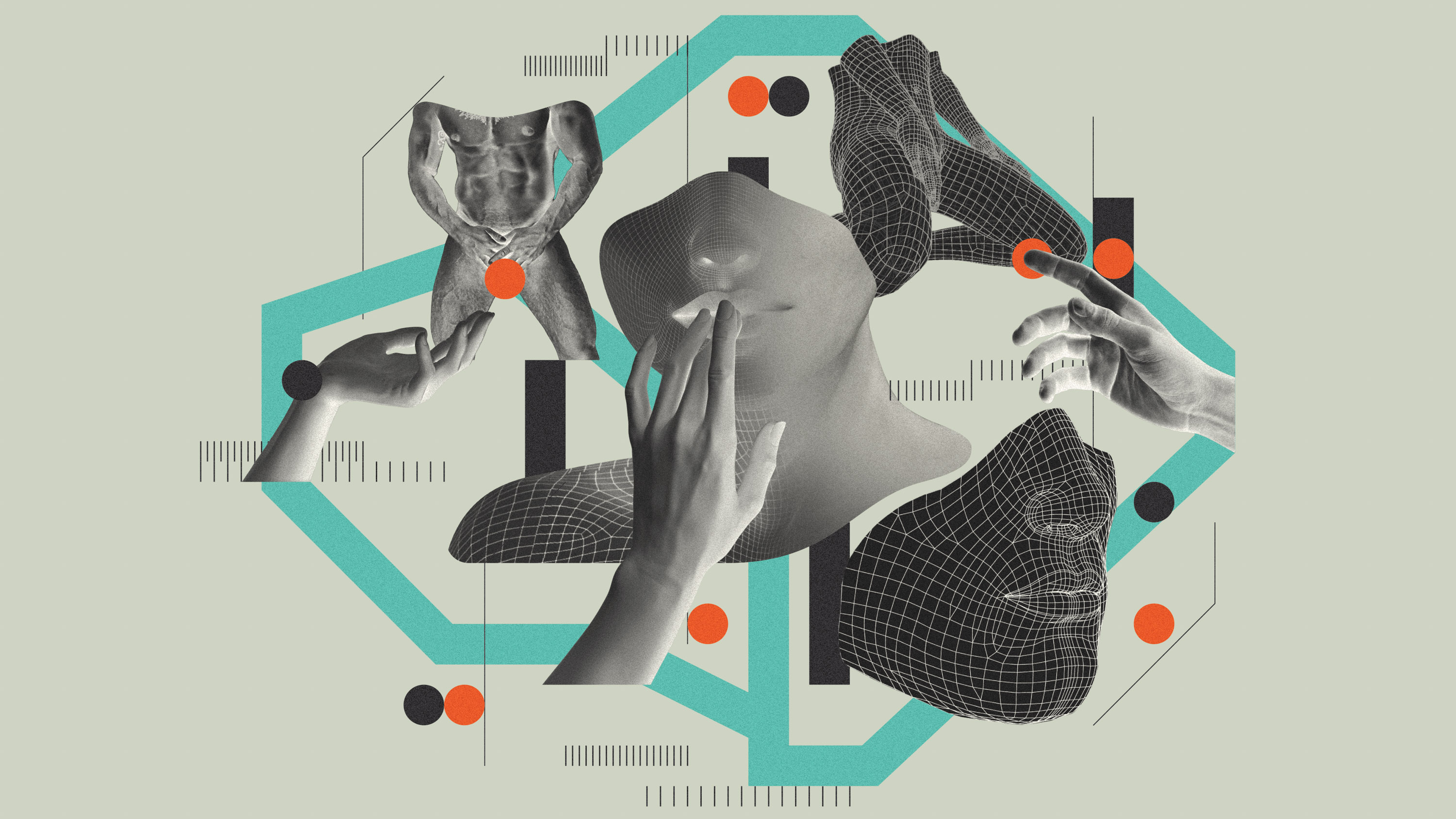
The power of pornography doesn’t lie in arousal but in questions. What is obscene? What is ethical or safe to watch?
We don’t have to consume or even support it, but porn will still demand answers. The question now is: What is “real” porn?
Anti-porn crusades have been at the heart of the US culture wars for generations, but by the start of the 2000s, the issue had lost its hold. Smartphones made porn too easy to spread and hard to muzzle. Porn became a politically sticky issue, too entangled with free speech and evolving tech. An uneasy truce was made: As long as the imagery was created by consenting adults and stayed on the other side of paywalls and age verification systems, it was to be left alone.
But today, as AI porn infiltrates dinner tables, PTA meetings, and courtrooms, that truce may not endure much longer. The issue is already making its way back into the national discourse; Project 2025, the Heritage Foundation–backed policy plan for a future Republican administration, proposes the criminalization of porn and the arrest of its creators.
But what if porn is wholly created by an algorithm? In that case, whether it’s obscene, ethical, or safe becomes secondary to What does it mean for porn to be “real”—and what will the answer demand from all of us?
During my time as a filmmaker in adult entertainment, I witnessed seismic shifts: the evolution from tape to digital, the introduction of new HIV preventions, and the disruption of the industry by free streaming and social media. An early tech adopter, porn was an industry built on desires, greed, and fantasy, propped up by performances and pharmaceuticals. Its methods and media varied widely, but the one constant was its messy humanity. Until now.
What does it mean for porn to be “real”—and what will the answer demand from all of us?
When AI-generated pornography first emerged, it was easy to keep a forensic distance from the early images and dismiss them as a parlor trick. They were laughable and creepy: cheerleaders with seven fingers and dead, wonky eyes. Then, seemingly overnight, they reached uncanny photorealism. Synthetic erotica, like hentai and CGI, has existed for decades, but I had never seen porn like this. These were the hallucinations of a machine trained on a million pornographic images, both the creation of porn and a distillation of it. Femmes fatales with psychedelic genitalia, straight male celebrities in same-sex scenes, naked girls in crowded grocery stores—posted not in the dark corners of the internet but on social media. The images were glistening and warm, raising fresh questions about consent and privacy. What would these new images turn us into?
In September of 2023, the small Spanish town of Almendralejo was forced to confront this question. Twenty girls returned from summer break to find naked selfies they’d never taken being passed around at school. Boys had rendered the images using an AI “nudify” app with just a few euros and a yearbook photo. The girls were bullied and blackmailed, suffered panic attacks and depression. The youngest was 11. The school and parents were at a loss. The tools had arrived faster than the speed of conversation, and they did not discriminate. By the end of the school year, similar cases had spread to Australia, Quebec, London, and Mexico. Then explicit AI images of Taylor Swift flooded social media. If she couldn’t stop this, a 15-year-old from Michigan stood no chance.
The technology behind pornography never slows down, regardless of controversies. When students return to school this fall, it will be in the shadow of AI video engines like Sora and Runway 3, which produce realistic video from text prompts and photographs. If still images have caused so much global havoc, imagine what video could do and where the footage could end up.
As porn becomes more personal, it’s also becoming more personalized. Users can now check boxes on a list of options as long as the Cheesecake Factory menu to create their ideal scenes: categories like male, female, and trans; ages from 18 to 90; breast and penis size; details like tan lines and underwear color; backdrops like grocery stores, churches, the Eiffel Tower, and Stonehenge; even weather, like tornadoes. It may be 1s and 0s, but AI holds no binary; it holds no judgment or beauty standards. It can render seldom-represented bodies, like those of mature, transgender, and disabled people, in all pairings. Hyper-customizable porn will no longer require performers—only selections and an answer to the question “What is it that I really like?” While Hollywood grapples with the ethics of AI, artificial porn films will become a reality. Celebrities may boost their careers by promoting their synthetic sex tapes on late-night shows.
The progress of AI porn may shift our memories, too. AI is already used to extend home movies and turn vintage photos into live-action scenes. What happens when we apply this to sex? Early sexual images etch themselves on us: glimpses of flesh from our first crush, a lost lover, a stranger on the bus. These erotic memories depend on the specific details for their power: a trail of hair, panties in a specific color, sunlight on wet lips, my PE teacher’s red gym shorts. They are ideal for AI prompts.
Porn and real-life sex affect each other in a loop. If people become accustomed to getting exactly what they want from erotic media, this could further affect their expectations of relationships. A first date may have another layer of awkwardness if each party has already seen an idealized, naked digital doppelganger of the other.
Despite (or because of) this blurring of lines, we may actually start to see a genre of “ethical porn.” Without the need for sets, shoots, or even performers, future porn studios might not deal with humans at all. This may be appealing for some viewers, who can be sure that new actors are not underage, trafficked, or under the influence.
A synergy has been brewing since the ’90s, when CD-ROM games, life-size silicone dolls, and websites introduced “interactivity” to adult entertainment. Thirty years later, AI chatbot “partners” and cheaper, lifelike sex dolls are more accessible than ever. Porn tends to merge all available tech toward complete erotic immersion. The realism of AI models has already broken the dam to the uncanny valley. Soon, these avatars will be powered by chatbots and embodied in three-dimensional prosthetics, all existing in virtual-reality worlds. What follows will be the fabled sex robot.
So what happens when we’ve removed the “messy humanity” from sex itself? Porn is defined by the needs of its era. Ours has been marked by increasing isolation. The pandemic further conditioned us to digitize our most intimate moments, bringing us FaceTime hospital visits and weddings, and caused a deep discharge of our social batteries. Adult entertainment may step into that void. The rise of AI-generated porn may be a symptom of a new synthetic sexuality, not the cause. In the near future, we may find this porn arousing because of its artificiality, not in spite of it.
Leo Herrera is a writer and artist. He explores how tech intersects with sex and culture on Substack at Herrera Words.
Deep Dive
Artificial intelligence
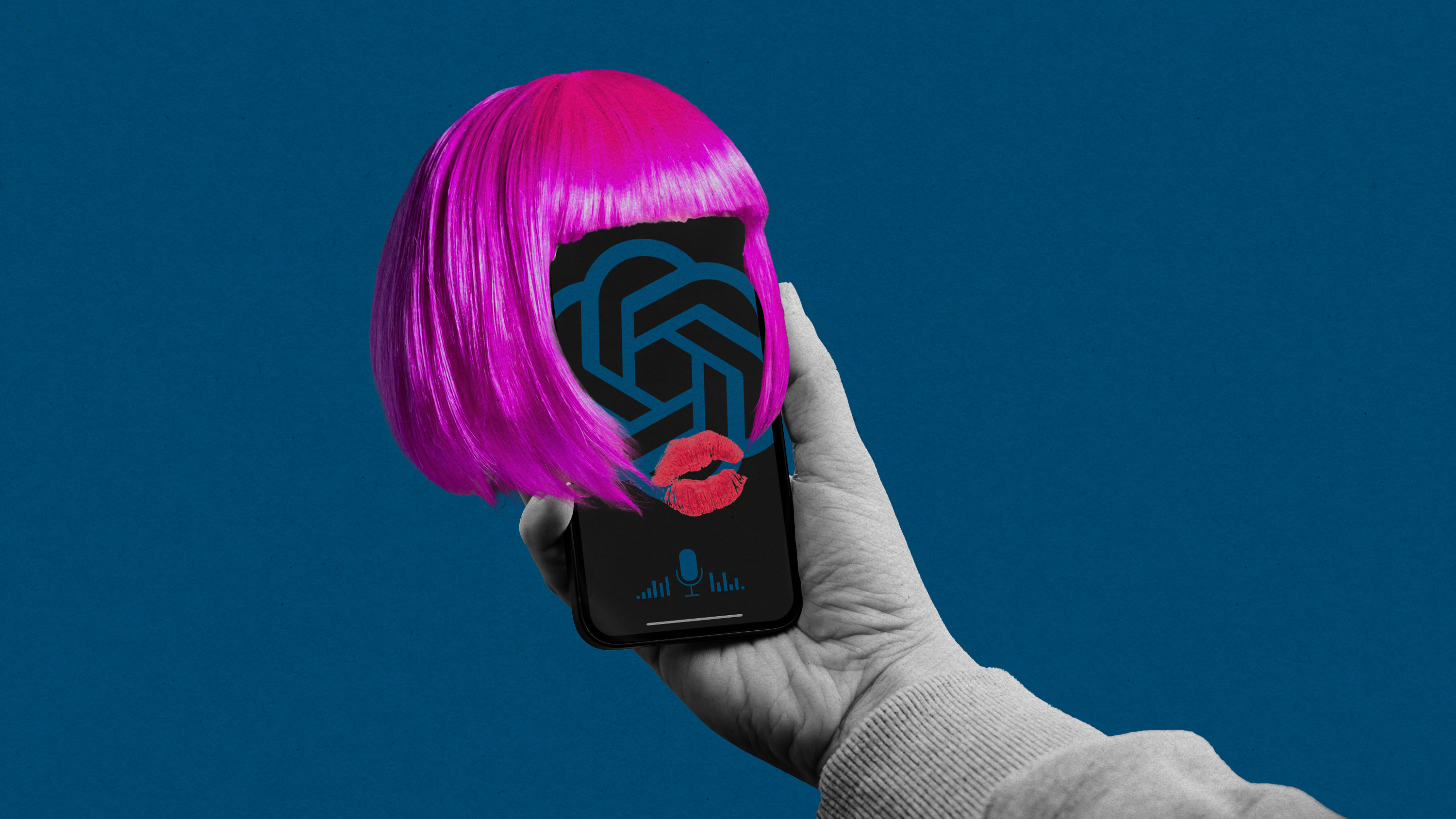
Here’s how people are actually using AI
Something peculiar and slightly unexpected has happened: people have started forming relationships with AI systems.
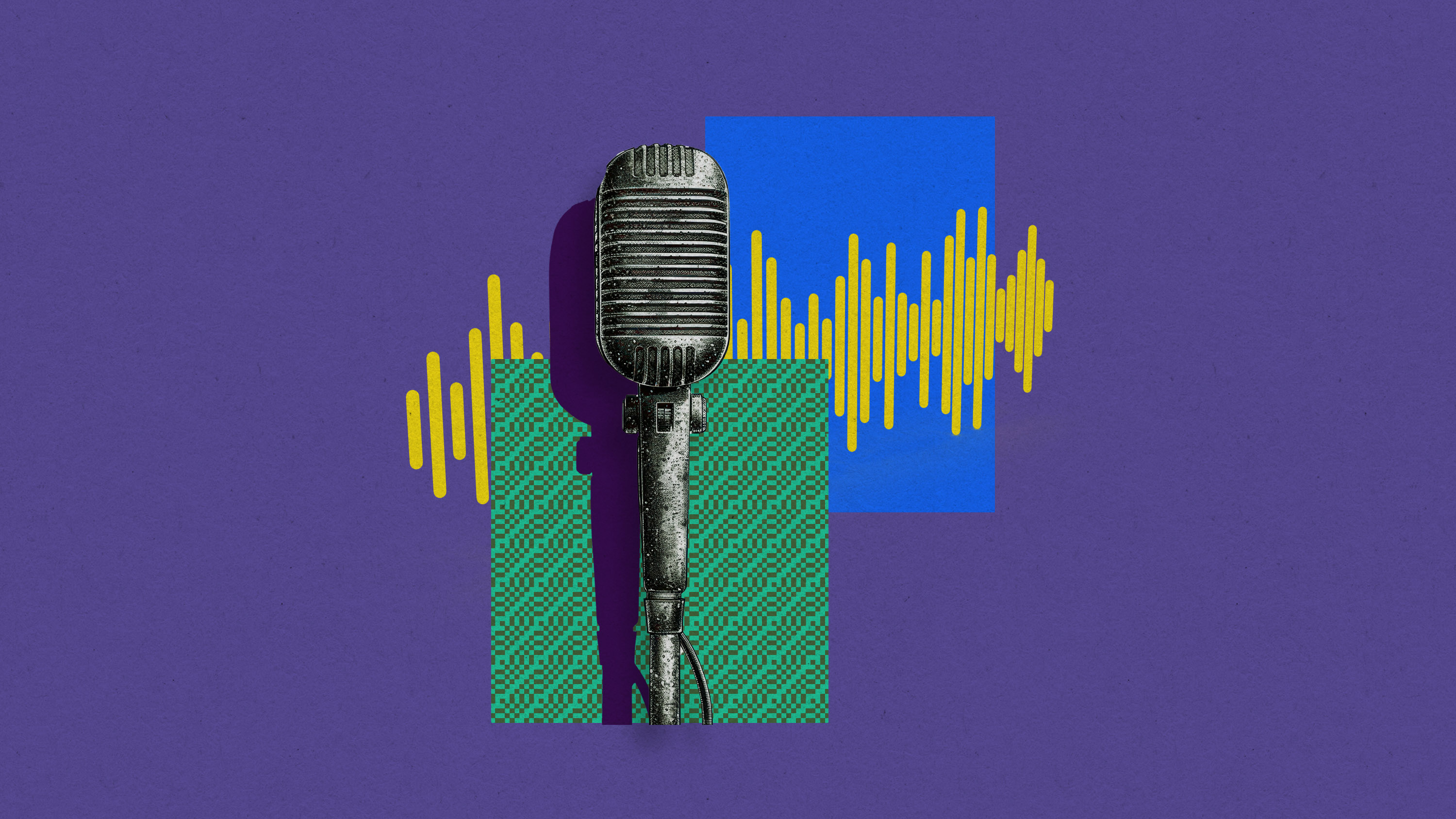
People are using Google study software to make AI podcasts—and they’re weird and amazing
NotebookLM is a surprise hit. Here are some of the ways people are using it.
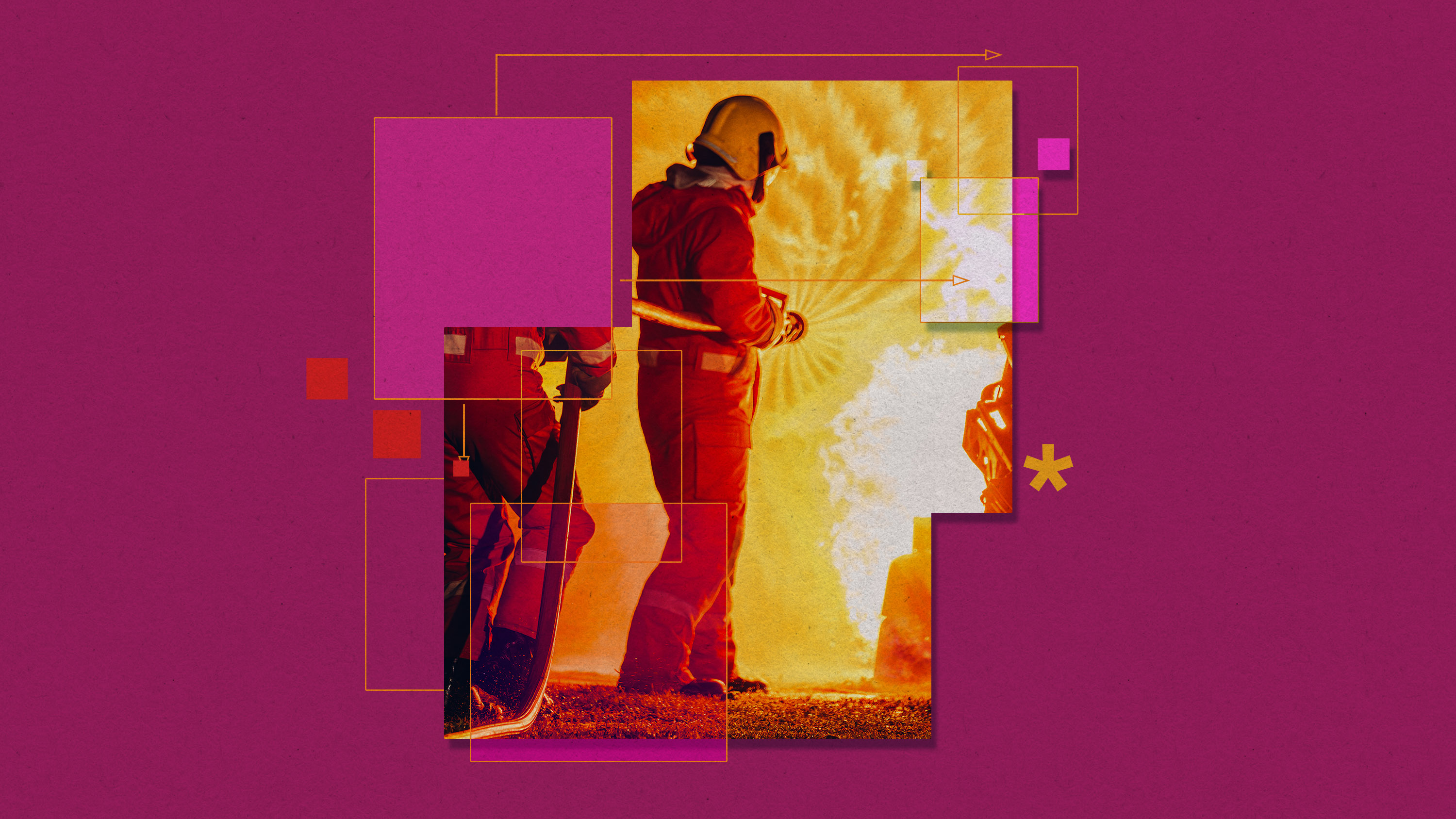
A new public database lists all the ways AI could go wrong
Its creators hope their work could lead to further research to determine which risks to take more seriously.
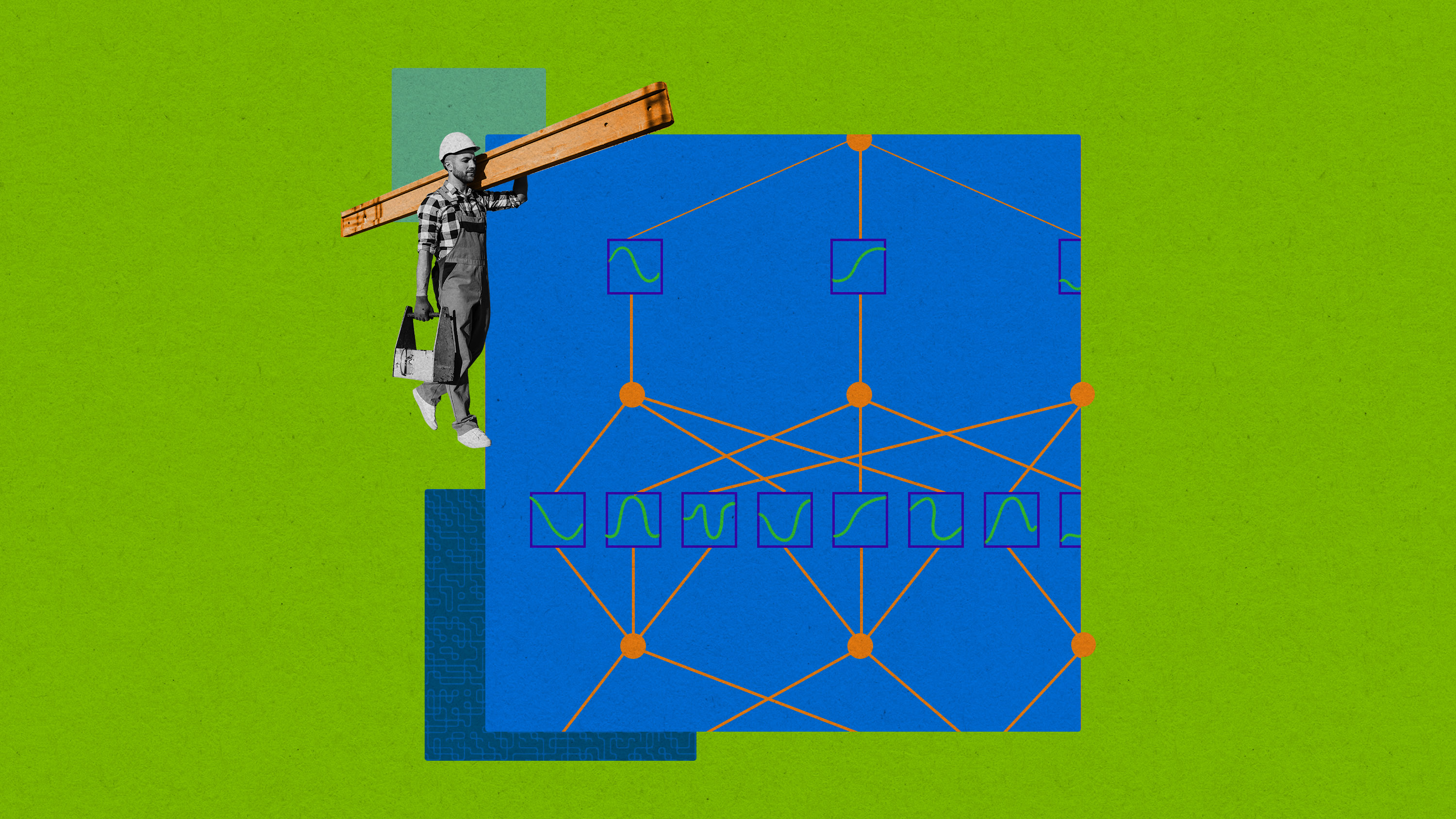
A new way to build neural networks could make AI more understandable
The simplified approach makes it easier to see how neural networks produce the outputs they do.
Stay connected
Get the latest updates from
MIT Technology Review
Discover special offers, top stories, upcoming events, and more.